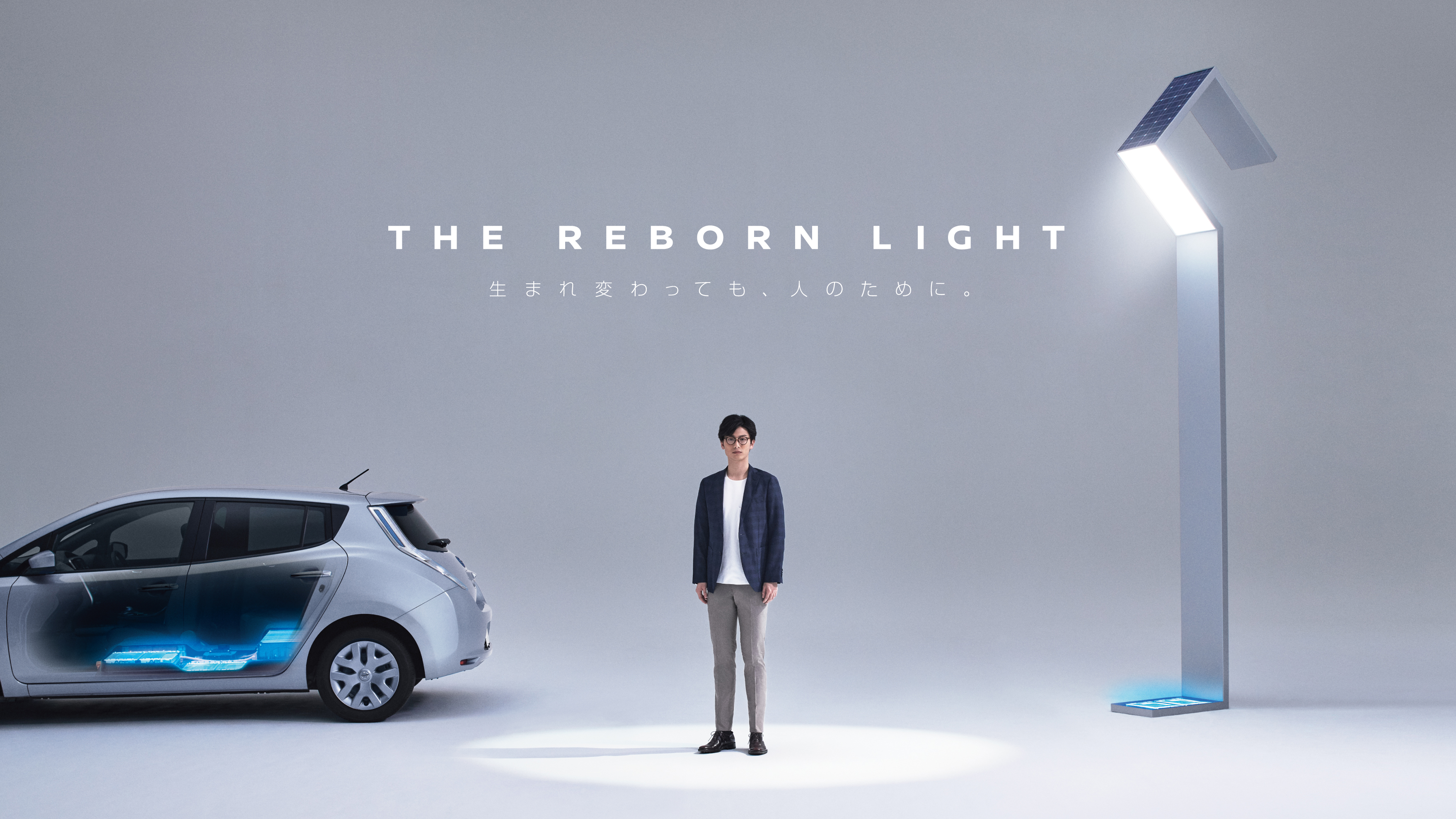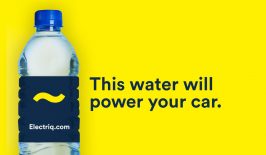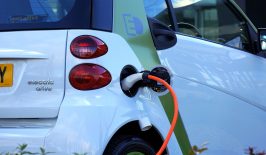A small town near Fukushima is transforming disused EV batteries into energy storage for solar-powered street lamps.
While many hail electric vehicles as the future of sustainable transportation, many other naysayers often question whether the technology that powers the fuel-free engines really is as environmentally-friendly as some claim. The batteries that power them come in for particular criticism, full of rare minerals such as nickel, manganese, cobalt and lithium that are often mined under inhumane conditions. The mining of lithium in particular raises environmental concerns because extracting it requires a lot of water – and it’s a mineral that is mostly available in water scarce areas.
Another important aspect is what happens to the batteries after being used to power an electric car. Nowadays, it is assumed that the life cycle of a battery is about eight years. It doesn’t make economic sense to recycle lithium-ion batteries, so they normally end up as waste, despite the many valuable raw materials that they still contain. But that doesn’t mean that they can’t be used at all. The British company Connected Energy, for example, is transforming discarded electric car batteries into stationary energy storage. And the car manufacturer Nissan has also been researching other options for its used EV batteries.
Reborn Light for a Reborn City
The result of the Nissan experiments are street lights that are currently illuminating off-grid areas in Namie, a town near Fukushima in Japan where in 2011, thousands of people had to leave their home town because of the nuclear disaster. In 2017, the evacuation was rescinded, allowing people to return to their homes. Until now, slightly fewer than 500 out of the approximately 21,000 inhabitants have returned to Namie.
Therefore, the motto for the project is: “Reborn light for a reborn city”. The street lamps are not connected to the grid, but instead use solar panels to generate electricity and the EV batteries are used to store it. This allows areas that are not connected to the main grid to be supplied with energy.
It’s definitely an interesting approach to reusing used EV batteries. Let’s hope that this won’t be seen as a publicity stunt by the automotive industry, but instead a good example for other car manufacturers looking for future-proof and sustainable uses of their disused batteries.
This article is a translation by Ana Galan of the original article that first appeared on RESET’s German language site.






